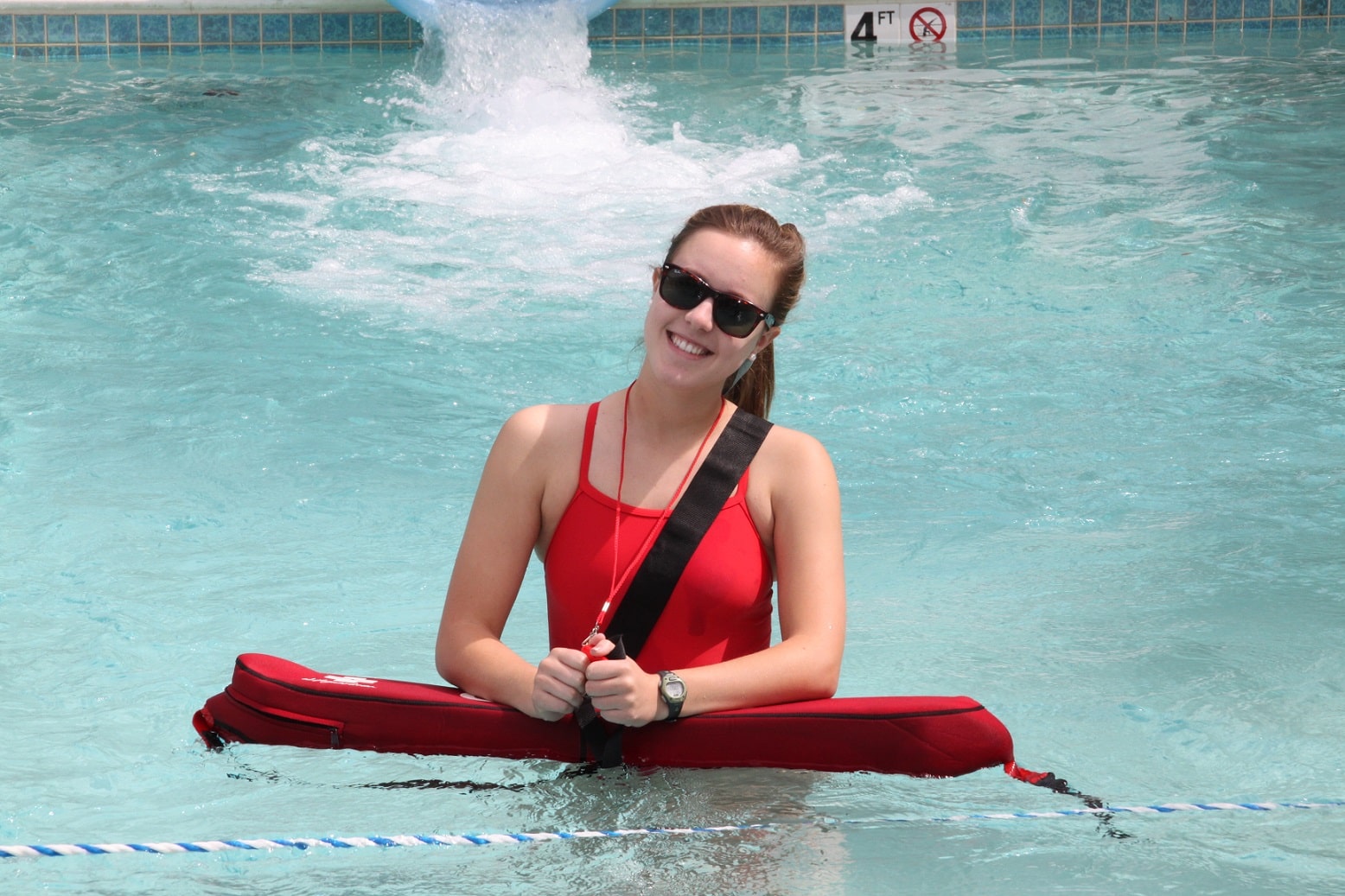
Lifeguards are responsible for the safety and well-being of people at swimming pools, water parks and beaches around the world. Some take this job as an extracurricular job, others make it their career. Regardless of the reason you want to become a lifeguard, you must get proper lifeguard training and Lifeguard certification to save lives while being on the job.
Table of Contents
How To Get Lifeguard Certification
Find A Lifeguard Class Near You
Some Lifeguard certification courses are offered by the American Lifeguard Association (ALA) or the local Red Cross headquarters. In the USA, some high schools offer swimming programs in fitness classes with a cardiopulmonary resuscitation (CPR) certificate.
- Choose your training based on where you want to become a lifeguard. As a rule, there are separate courses for lifeguards from indoor pools, lakes, beaches and water parks.
- The course usually lasts six weeks. There is an accelerated course at Ellis and Associates that lasts only 3 days.
Study CPR and First Aid
In a Lifeguard certification program, it is a must to complete CPR and first aid training. It is good to study CPR procedures before enrolling in a program. Get experience in advance so the program is an evaluation for you.
Learn To Identify The Warning Signs
In many cases, lifeguards recognize the signs that someone needs assistance long before the emergency occurs. Well-trained lifeguards having Lifeguard certification from a reputed organization may choose to stay alert or take precautions. Here are some of the most common aquatic warning signs:
- Poor swimmers are those who frequently put their heads in and out of the water, always have their hands on the edge of the pool, and move by pulling or holding on to the buoys, afraid of swimming off them.
- The most common warning signs are swimmers asking each other for help, frantically waving their arms and those who are the quickest to show signs of panic.
- Often people begin drowning without showing any signs or difficulties. Watch people go underwater and not climb back up.
Practice Using Lifeguard Equipment
Lifeguards have a variety of tools they use (in addition to their bodies) to rescue troubled swimmers.
- Lifeguards use flotation devices such as life tubes and buoys, and lifebuoys to keep people afloat. Lifeguards also have access to medical equipment typically used in ambulances and hospitals, e.g. B. CPR and defibrillator equipment. They also have spine boards to move people who may have injured the spine, as well as basic first aid kits that they can use to bandage scrapes and cuts.
- They use barrier elements called face shields or pocket masks. These are placed in the victim’s mouth during CPR to prevent the spread of communicable diseases through bodily fluids.

Learn About Tides, Water Conditions And Wildlife
This is only important if you plan to be a lifeguard on the beach.
- Surf currents are one of the most dangerous situations for inexperienced swimmers. They pull swimmers away from shore at very high speeds, even for experienced Olympic swimmers. The trick is to swim parallel to the shore until you escape them.
- Waves that break right on the shore are a dangerous threat on the beaches. When waves break very close to shore, they can be unpredictable, knocking people down and causing serious neck and spine injuries. They can surprise even the most experienced beach swimmers.
- Red tide can severely affect swimming safety. Each year, certain colonies of algae produce too many toxins. These toxins accumulate and create the red tide. It can kill marine life and cause serious illnesses in humans.
- The sea is home to millions of different creatures, but some visit the coast and beaches more often than others. Think of the threat of jellyfish, sharks, crabs and many other creatures that swim and crawl along the shore.
Pass The Certification Exams
At the end of the Lifeguard certification training course, you will be subjected to several tests that will assess your knowledge of the written topics as well as your physical ability to carry out lifeguard work.
- They evaluate you, among other things, in relation to the monitoring of the participants. evaluation of the victim; care for neck, spine and head injuries; CPR techniques; and general swimming safety protocol.
- The physical tests differ depending on the location where you take the certification exams. Some require you to swim 280m, stay in the water unsupported for 2 minutes, swim using different techniques, dive to a depth of 2-3m and hold your breath for 1 or 2 minutes
Final Words:
Lifeguard certification is important because a lifeguard is responsible for the safety of the swimmers at the beach and pools. The American Lifeguard Association is a reputed association for training lifeguards for over 30 years.
To find a Lifeguard certification course near you, please do not hesitate to contact us.
